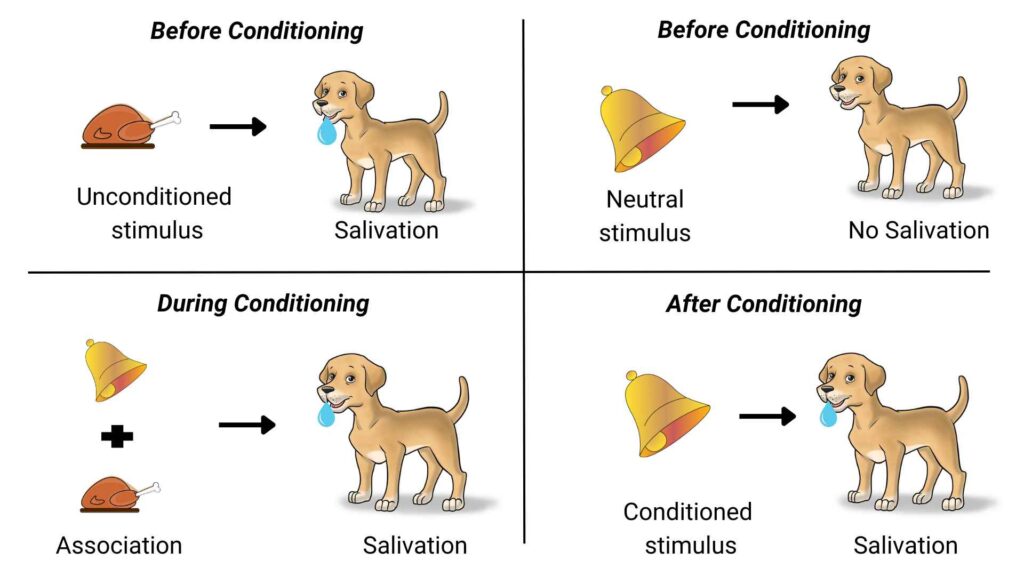Discover comprehensive information for all aspects of sexual health and find resources and guidance to empower your sexual well-being.
The underlying cause as well as the severity of pain determine the varied treatment approaches…
Discover comprehensive information for all aspects of sexual health and find resources and guidance to empower your sexual well-being.
The underlying cause as well as the severity of pain determine the varied treatment approaches…
Erectile dysfunction (ED) is a common condition that affects men of all ages, impacting their…
Achieving and maintaining a strong penile erection is a common concern for many men. It…
Erectile dysfunction (ED) is a condition that affects many men worldwide, leading to significant stress,…
The pelvic floor muscles are the unsung heroes of our body’s core, providing support to…
Sleep-related painful erection (SRPE) is a rare condition where people get painful erections while they’re…
Commitment issues can often manifest in romantic relationships, work, and other personal or professional spheres.…
Acquiring new knowledge, behaviors, attitudes, and ideas is referred to as learning. This process can take place through both conscious and unconscious pathways. Let’s delve into the intricacies of Pavlov’s dog experiment, where the principles of learning and conditioning were vividly demonstrated.
Table of Contents
ToggleClassical conditioning often referred to as Pavlovian conditioning is an unconscious learning method and is the most straightforward way in which humans can learn.
It is learning by associating one thing with another, often without realizing it.
Ivan Pavlov accidentally stumbled upon classical conditioning while conducting research on the digestion of dogs.
Pavlov’s dog experiment would go on to be perhaps one of the most well-known psychological experiments of all time.

While studying the digestion of dogs, Pavlov observed a gradual shift in the dogs’ physical responses to food.
At first, the dogs would only salivate when the food was placed in front of them. However, it seemed that the dogs also drooled at all the cues that led up to their dinner too, for example, the sound of their handler’s footsteps or a glimpse of a white lab coat.
Pavlov then utilized the scientific method to observe cause and effect, explaining this behavior, which later became known as “Classical conditioning“.
Classical conditioning is essentially learning through association. During classical conditioning, a conditioned stimulus is paired with an unconditioned stimulus until they become associated with one another.

A stimulus like dog food naturally and automatically evokes a response, such as salivation in dogs, without any need for conditioning or teaching.
A conditioned stimulus evokes a response (such as salivation in dogs) after being paired often enough with an unconditioned stimulus (such as dog food), as exemplified by a bell.
Pavlov demonstrated through his research with dogs that initially, a conditioned stimulus does not elicit a response. For instance, a bell does not make dogs salivate as they do not have any association with food.
What Pavlov then did was to repeatedly pair the two stimuli, food, and a bell, until the dogs began to realize that the sound of a bell meant that food was coming.
Once the dogs had formed this association, they would drool at the sound of the bell even in the absence of any food. This phenomenon was termed the “conditioned response.” A response that he taught the dogs by means of association without the dogs realizing it.
Additionally, Pavlov observed that the frequency of pairing between a conditioned stimulus and an unconditioned stimulus directly correlates with the strength of their association. As a result, the conditioned stimulus can elicit a stronger response independently.

Pavlov’s theories directly influenced John B. Watson, the originator of the term behaviorism, who took a keen interest in classical conditioning. You can read Watson’s controversial human study here.
Related: Human Conditioning: All About The Little Albert Experiment
Without us even realizing it, both humans and animals undergo classical conditioning on a regular basis.
This learned association is the reason why we might feel hungry when watching TV, or why our dog has come to associate the sound of their biscuit tin with a tasty snack.
While classical conditioning can be beneficial for animal training, it can also work against us when attempting to break undesirable habits.
Sexual excitement can be conditioned to arise in response to stimuli that have been previously linked to sexual arousal. For instance, a couple may have a particular word, song, or physical gesture that helps to create a mood.

A negative conditioned response is associated with nausea. It’s possible that after experiencing food poisoning from consuming bad mussels, the mere sight of mussels is enough to induce a feeling of queasiness.
Individuals can utilize classical conditioning to manipulate others for their own benefit.
One prominent instance of this occurs in the field of advertising.
Advertisers strive to establish an association between their product and a particular emotion or response in the minds of consumers, thereby increasing the likelihood of purchase.
Music or appetizing food may be used in ads to create this connection with the product. Such associations can lead to elevated spending as well as unhealthy eating habits, particularly if the promoted product is unhealthy food.
In classical conditioning, a neutral stimulus becomes associated with a meaningful stimulus, leading to a learned response. Ivan Pavlov demonstrated this by pairing the sound of a bell with food, causing the bell to trigger salivation in dogs.
References:
Dr. Nishtha, a medical doctor holding both an MBBS and an MD in Biochemistry, possesses a profound passion for nutrition and wellness. Her personal journey, marked by significant struggles with physical and mental health, has endowed her with a unique empathy and insight into the challenges countless individuals face. Driven by her own experiences, she leverages her background to offer practical, evidence-backed guidance, empowering others on their paths to achieving holistic well-being. Dr. Nishtha truly believes in the interconnectedness of the mind and body. She emphasizes the significance of understanding this connection as a crucial stride toward attaining balance and happiness in life.

